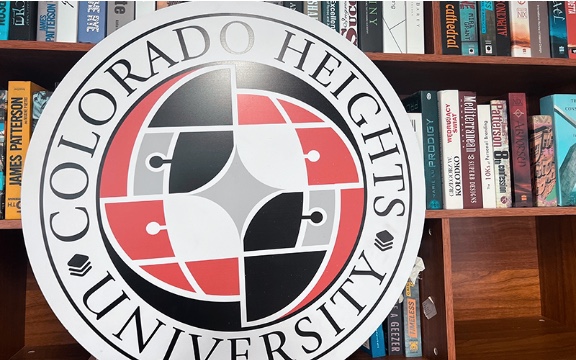Nottingham Trent University has soared 18 places to overtake its better-known competitor, the University of Nottingham, a member of the elite Russell Group, in the 2019 edition of the Guardian University Guide.
The former polytechnic has had a meteoric rise up the table over the past five years.
From languishing in the bottom half, Nottingham Trent moved to 53rd place in the 2017 edition, 34th in the 2018 edition; it is now 16th. This year it has overtaken its competitor for the first time by one place in the rankings.
The university has improved across every measure, including substantial advances in graduate career prospects and National Student Survey (NSS) results, as well as attaining higher entry standards among its students and a better student to staff ratio.
Nottingham Trent, which has 30,000 students, was founded as the Nottingham Government School of Design in 1843 to meet the demands of the textile industry. It scores in the top five for fashion and textiles as well as building, town and country planning in the Guardian University Guide subject rankings, and in the top 10 for design, psychology, accounting, criminology, and film.
Prof Edward Peck, vice-chancellor of Nottingham Trent University, said the institution was focused heavily on the student experience. “We describe ourselves is being a teaching-intensive and research-active university,” he said.
“We pour enormous amounts of time, innovation and resource into our teaching experience for students in a way I’m sure Russell Group universities pour similar amounts into their research. I think we, with some other universities, are redefining what it means to be an elite university in the 21st century.”
The university also has an emphasis on the local economy, focusing its research on benefiting local businesses and equipping graduates with the skills that employers in the surrounding area are looking for. “There’s a virtuous circle between innovation, skills and the university,” Peck said.
The top three in the Guardian University Guide are the same as last year: Cambridge, Oxford and St Andrews, though St Andrews closed in on Oxford this year. Leeds has jumped four places to 10th, displacing Surrey (21) and UCL (11).
There is little change among the other top 10 universities.
Nottingham Trent is not the only example of a newer university outpacing an elite Russell Group institution in the same city.
This year, Liverpool John Moores (49), another former polytechnic, has risen 31 places - one of the biggest leaps of any university in the table - to outrank the University of Liverpool (57). Last year, Liverpool Hope and Edge Hill, also in the Liverpool district, pipped the University of Liverpool for the first time.
The Guardian league tables focus on the university activities that matter most to young people: quality of teaching, student satisfaction and employability.
The guide, produced by the independent company Intelligent Metrix, ranks universities according to: spending per student; the student/staff ratio; graduate career prospects; what grades applicants need to get a place; a value-added score that compares students’ entry qualifications with their final degree results; and how satisfied final-year students are with their courses, based on results from the annual NSS.
This year, for the first time, the guide includes a new continuation measure, to reflect students’ chances of finishing their degrees. To accommodate this, spending per student has had its weighting decreased.
Nottingham Trent has profited from the new measure, since it has high continuation rates among its students. The university also scored highly for teaching and satisfaction.
According to Matt Hiely-Rayner, director of Intelligent Metrix, other universities have gained from the changes to the methodology this year. The narrowing of the gap between Oxford and St Andrews is thanks to the latter’s high continuation rates.
It is also the result of the reduced emphasis on expenditure, since Oxford and Cambridge spend considerably more on facilities and services than anywhere else.
Other universities to benefit include Chichester (53), which invests heavily in supporting its students, who tend to have below average grades, and Lincoln (47), which has climbed up owing to the strong vision of its vice-chancellor, Mary Stuart.
The introduction of a continuation measure has been bad for universities in London, however.
This follows their underperformance in the government’s teaching excellence framework, which also includes a non-continuation measure.
“The competitive London market, in which several providers have relaxed entry standards in order to expand while others have responded by either contracting or relaxing their standards in order to maintain numbers, could be a factor that links to both the weak performance in the continuation measure and the decline in other measures,” said Hiely-Rayner.




